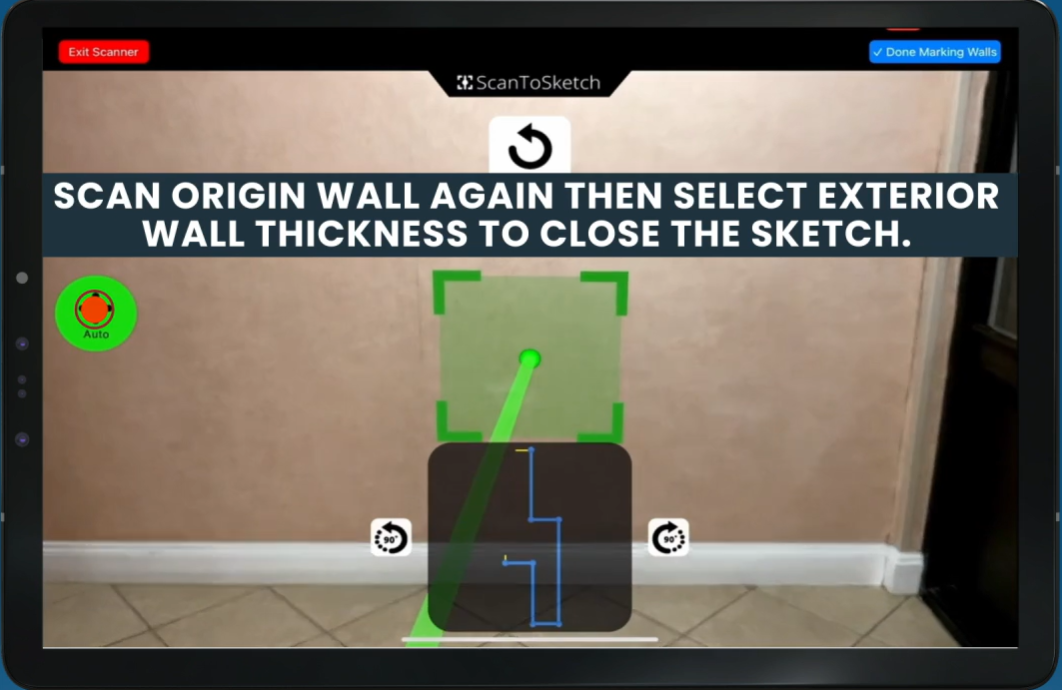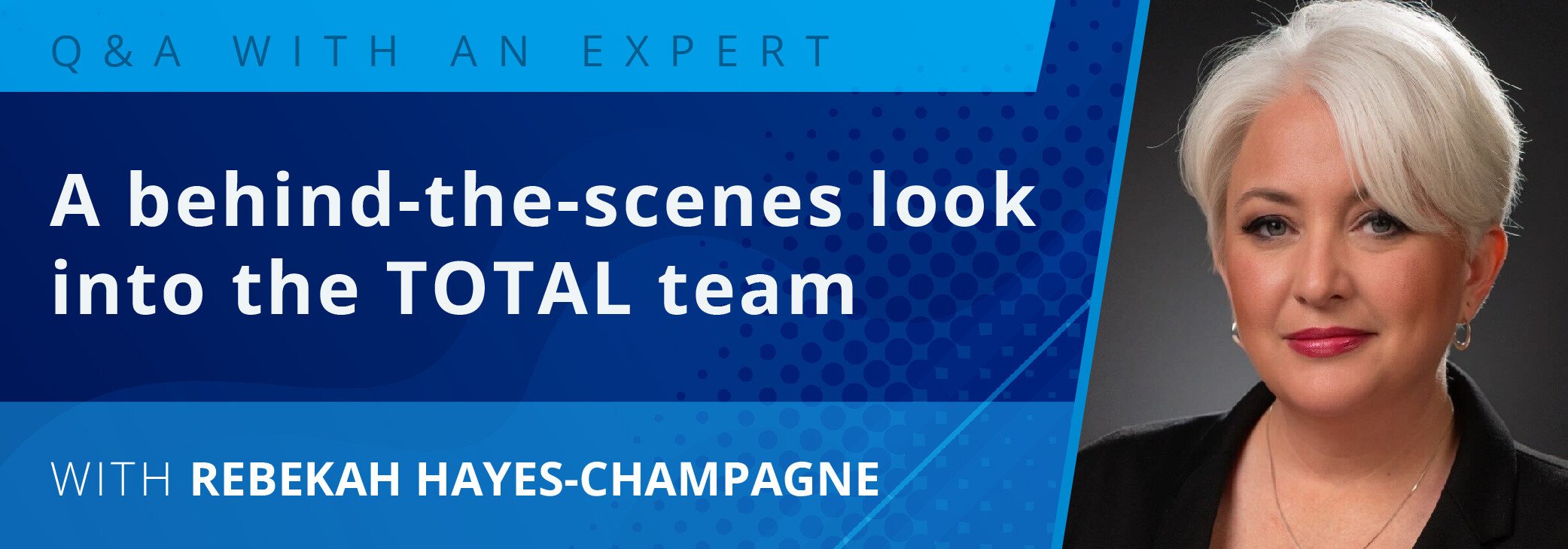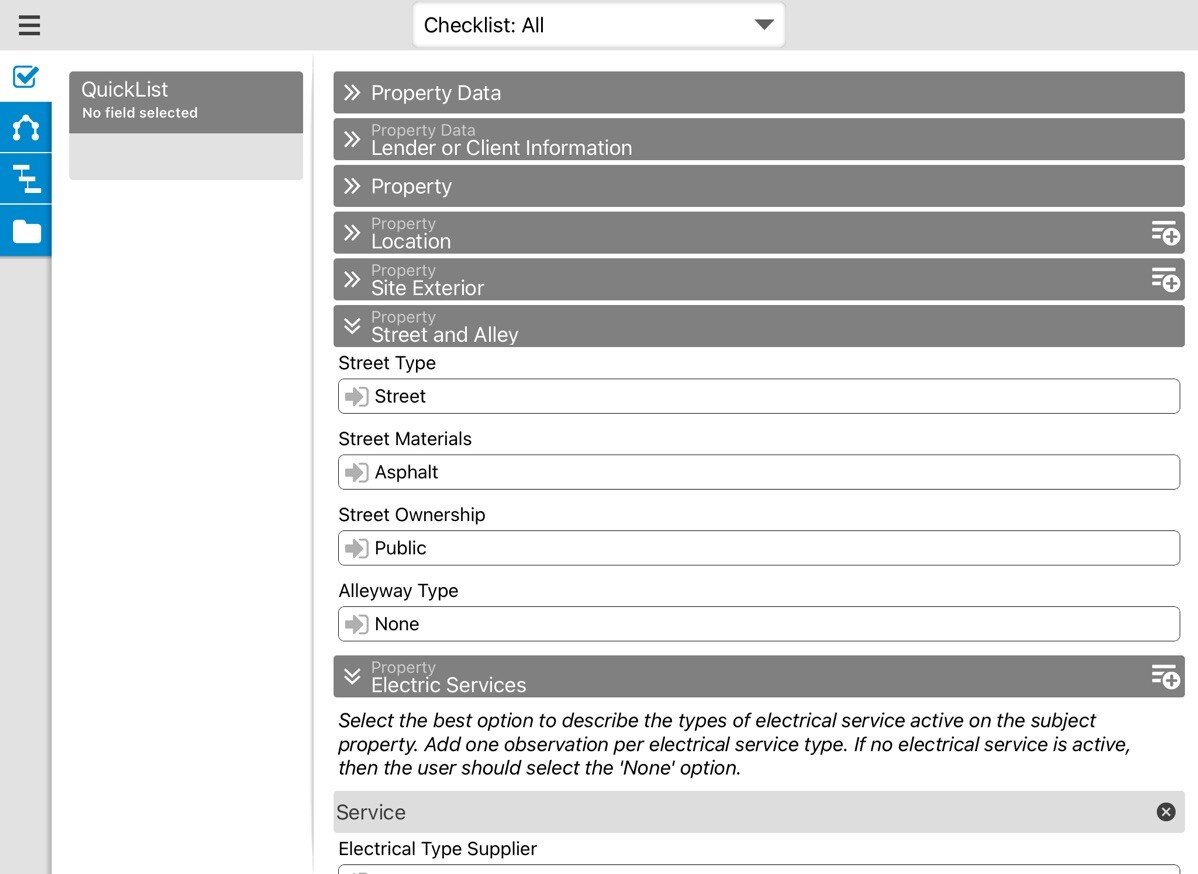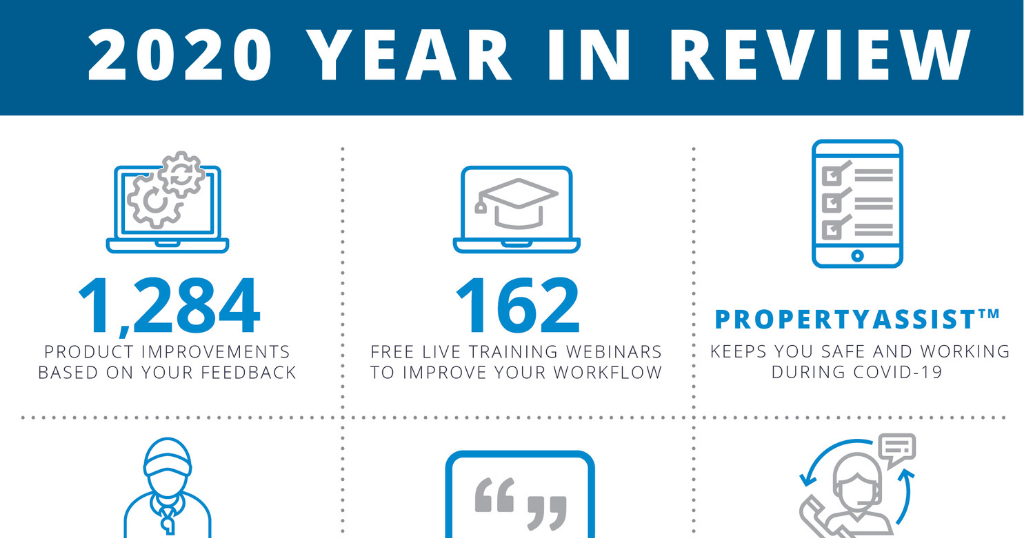Fitch Ratings, which provides investors with opinions as to the creditworthiness of the companies and other entities they invest in, let the air out of AVM advocates in 2004 when it began to discount “non-full appraisal values” by 10-15 percent across the board in selected “weak” markets. This month the company is revising its discount policy to be more AVM- or investment-specific and expanding it nationwide.
In April, 2004 Fitch determined that where a company’s first lien mortgage investments relied on Automated Valuation Models (AVMs), Broker Price Opinions (BPOs) or the like instead of full appraisals, in markets Fitch determined to be “weak” they would impose a 10-15 percent discount in the stated value of the properties. That is to say, Fitch would consider the properties worth 10-15 percent less than what the companies that owned them said they were worth based on AVM values.
Starting now, Fitch will examine each valuation method and “if, based on Fitch’s evaluation, a lender’s non-full appraisal program could potentially increase a pool’s loss exposure, Fitch will discount property values five percent or more for each loan that does not have a full appraisal, irrespective of its location,” according to Fitch Senior Director Suzanne Mistretta.
“Fitch will also apply the same discount to lenders who do not disclose their non-full appraisal guidelines and methodologies,” Mistretta said.
Are we talking about real money, here? Consider the median home price in California in 2005: $548,400. Say you have a Residential Mortgage Backed Securities (RMBS) portfolio with 100 such mortgages in it. If a company says the collateral for the portfolio is worth $548.4 million, and it relied on an AVM to come up with that value, Fitch will lop $2.742 million or more off that figure if it’s not satisfied the AVM is as accurate as an appraisal.
2004’s policy was based on the sensible observation that in a volatile market, AVMs would see property values in an area climbing but be unable to “see over the hill” – that is, unlike an appraiser, unable to account for a slowing market. Where Fitch determined there was risk of a market cooling off, it decided to adjust for the use of algorithms over appraisers. Two years on, a historically hot market has cooled and the risk is mitigated.
Fitch’s decision to apply its value discount nationwide and not just in “weak” markets makes sense in today’s environment, too – as interest rates rise and refinancing mania wanes, there is overall less of a difference between what two years ago were higher-risk and lower-risk markets.
The company said it would publish its revised guidelines in the coming weeks.


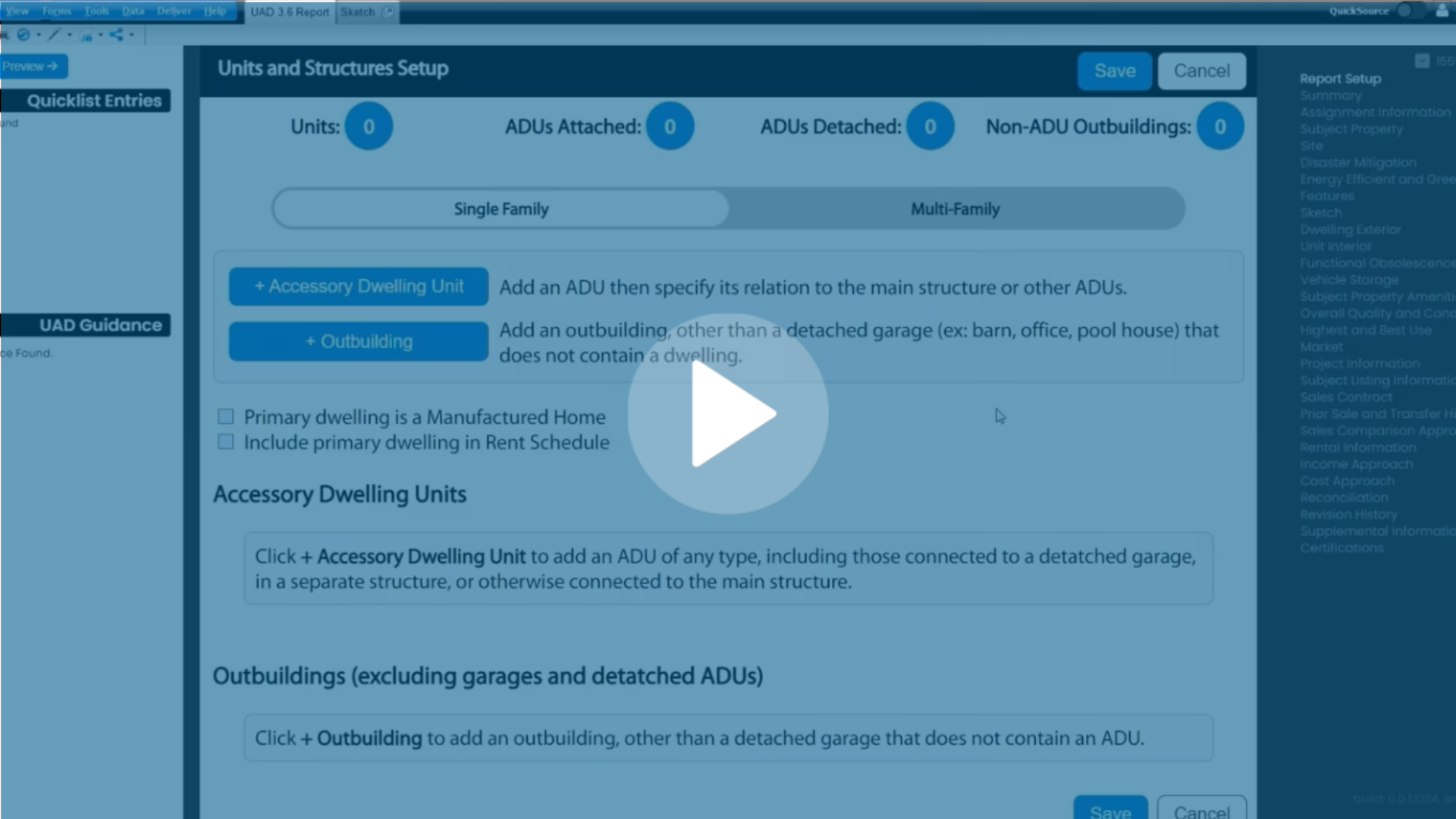
.png)

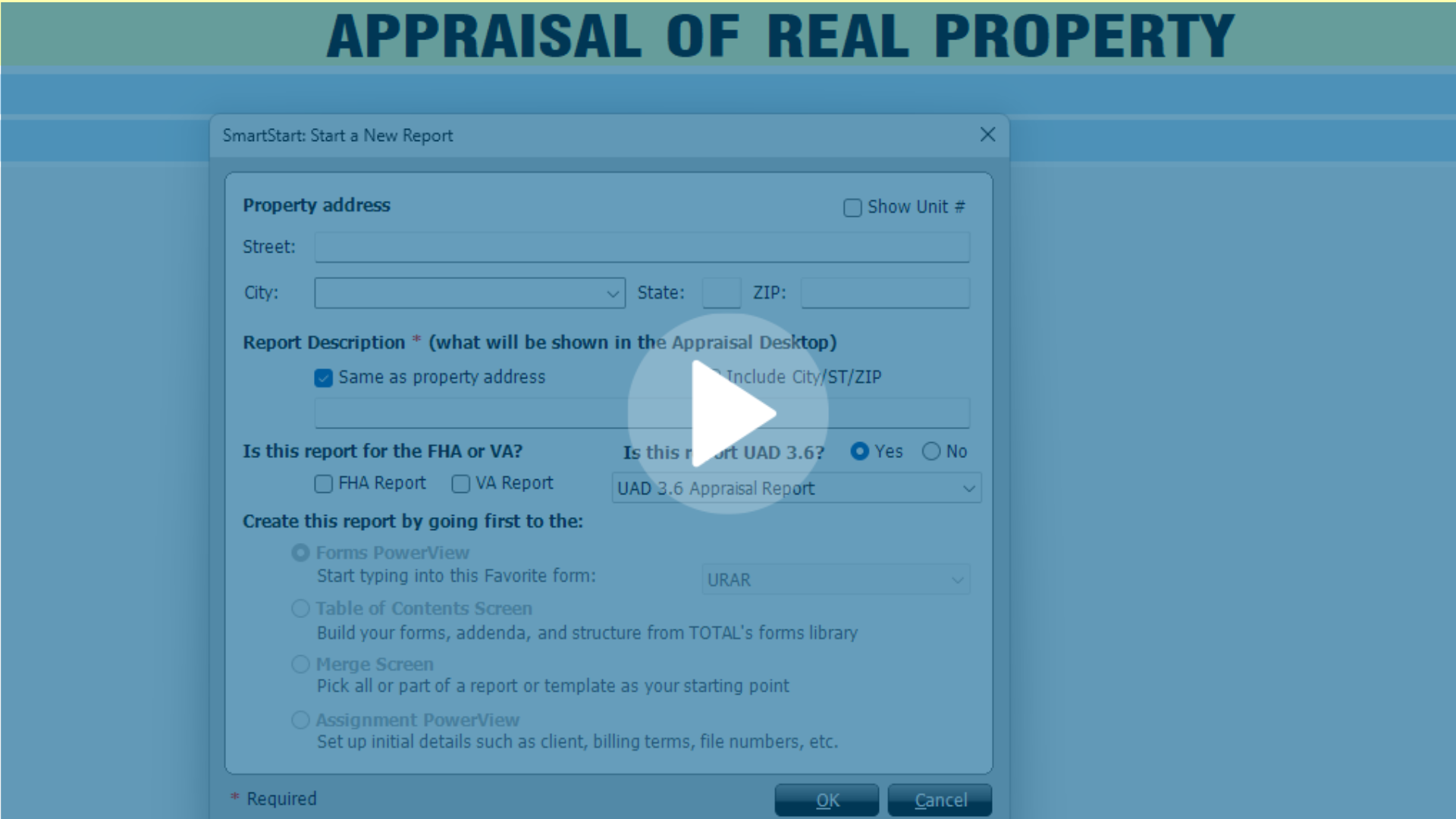


.png)
-1.png)
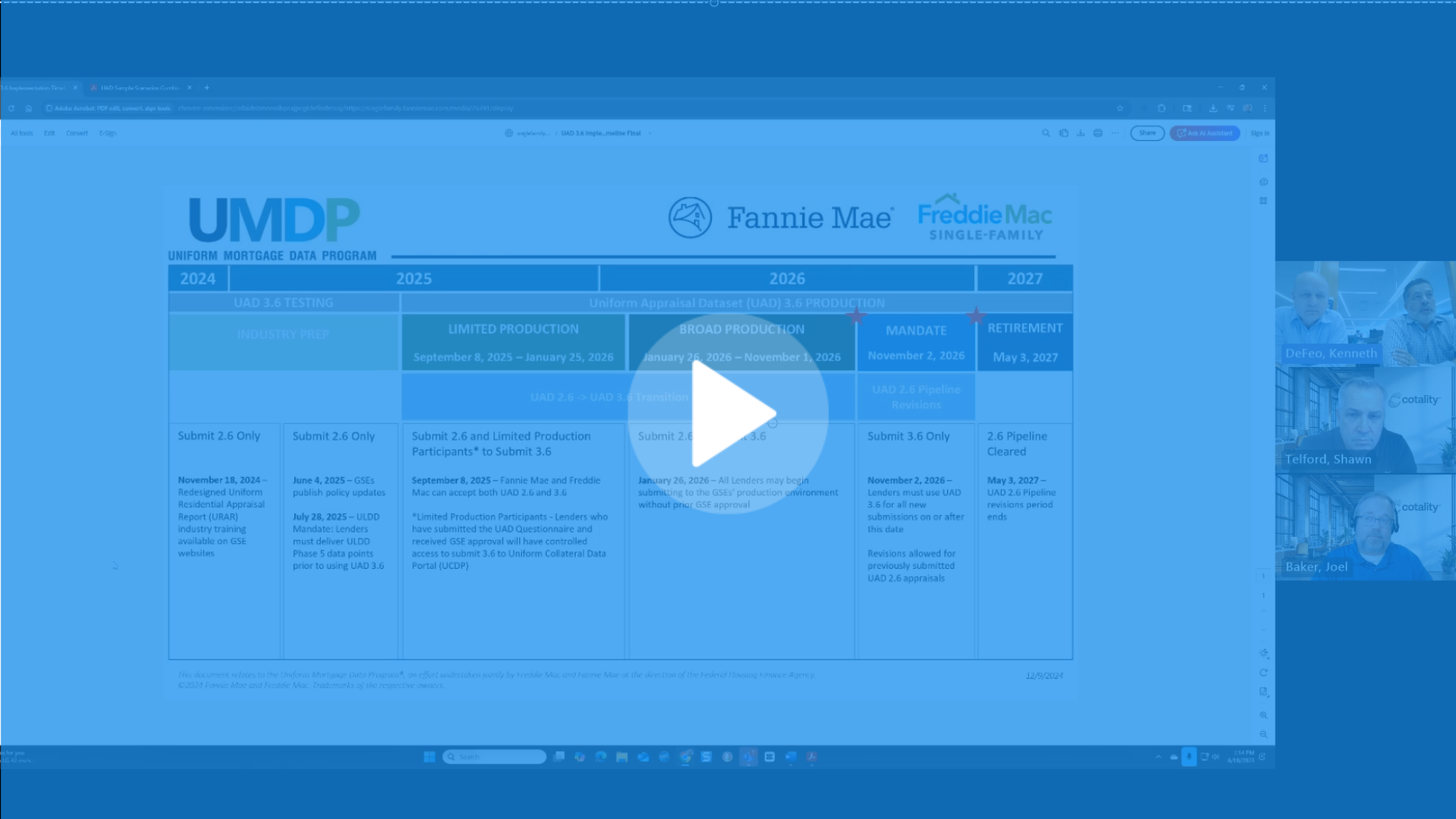
.png)
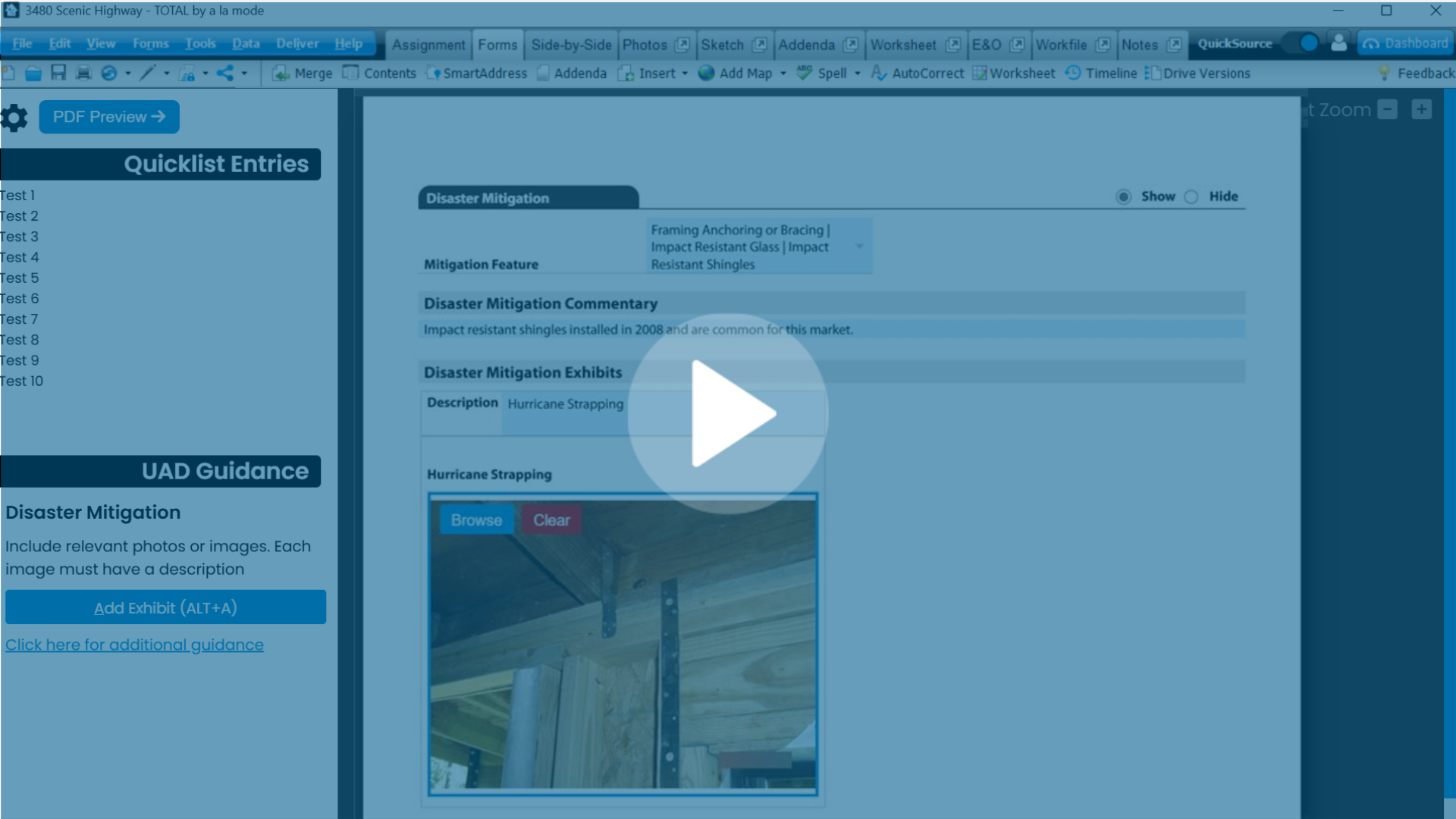
.png)
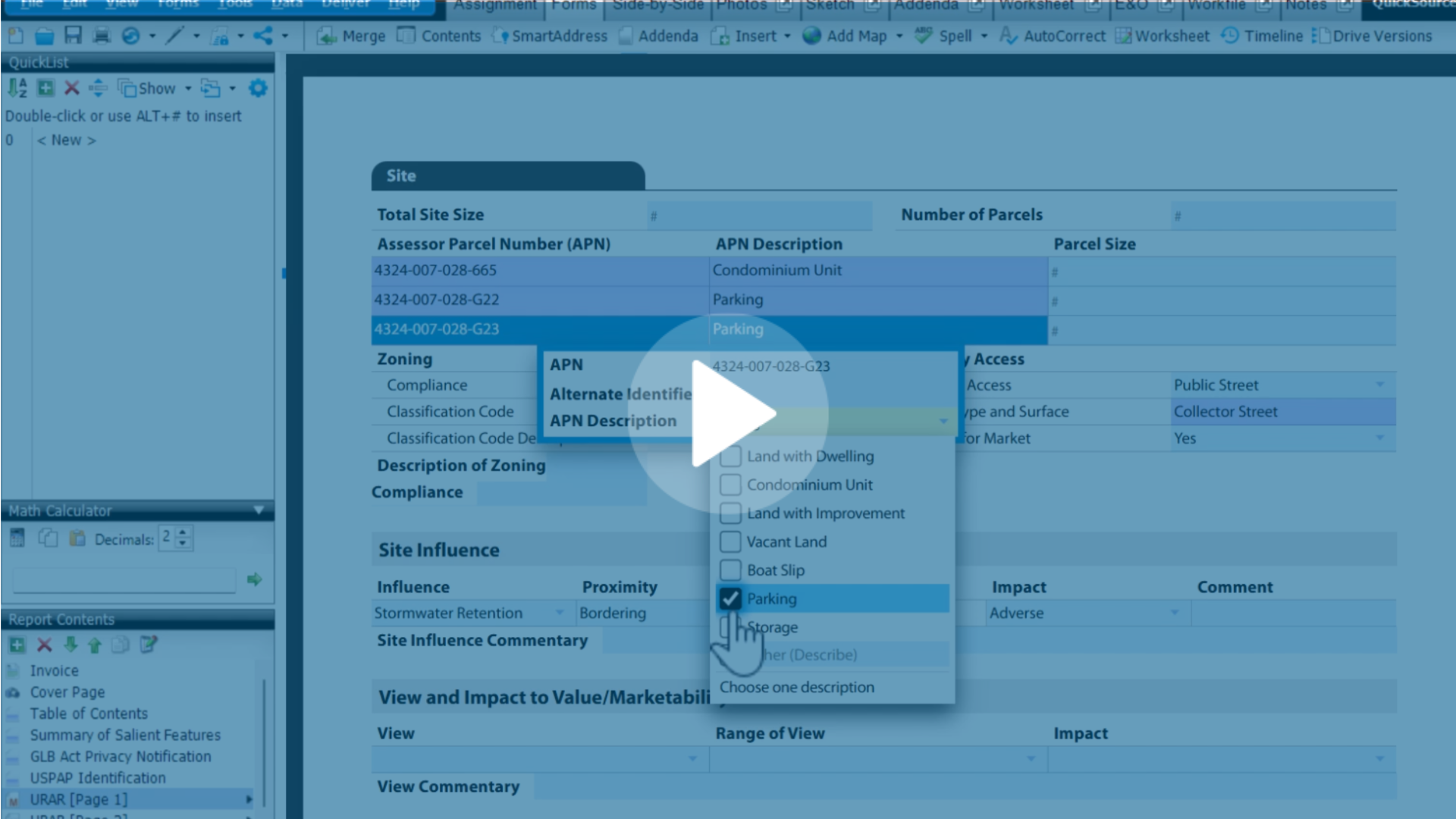
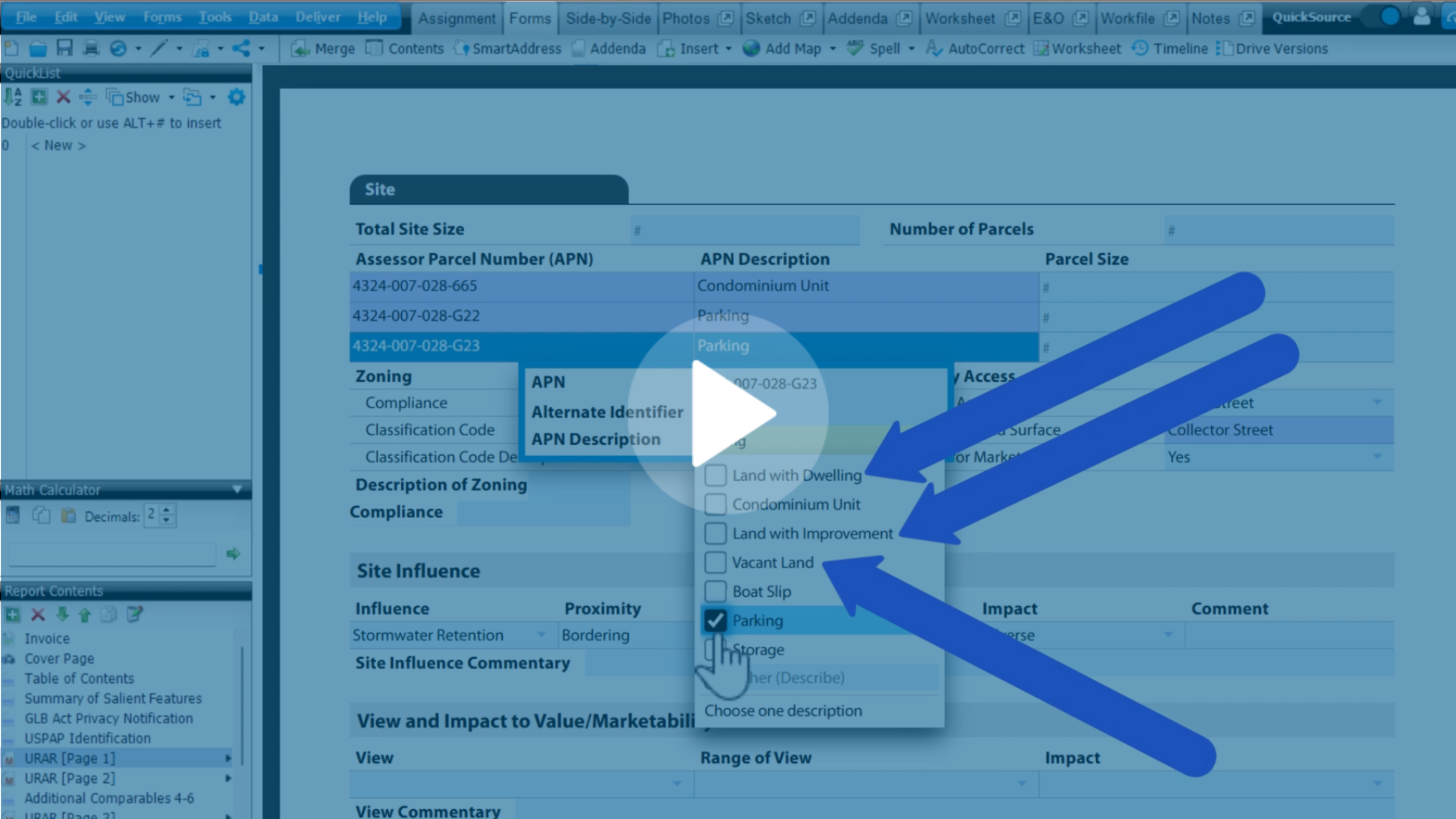
.png)
.png)
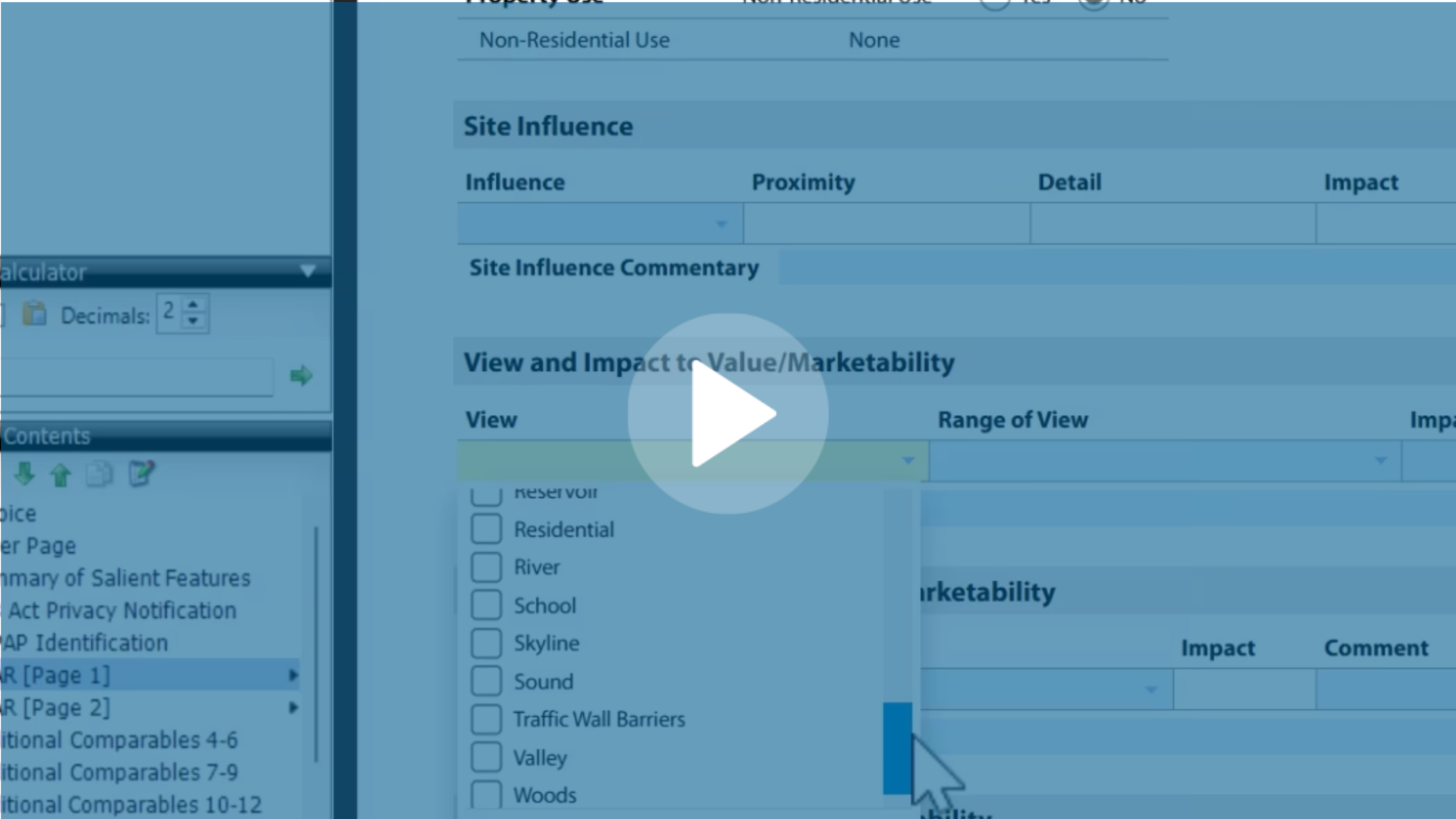
.jpg)
.png)
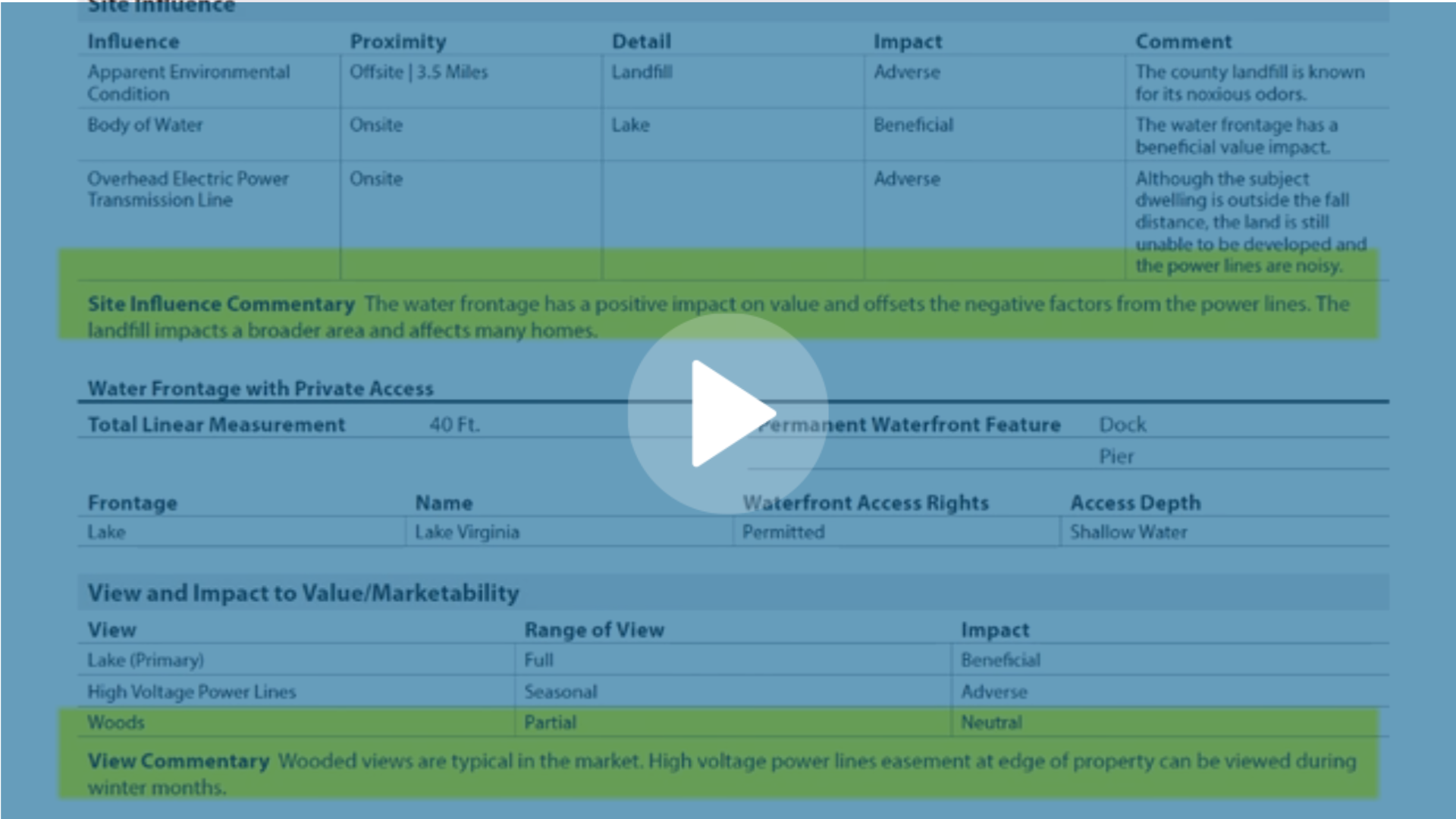
-1.png)



